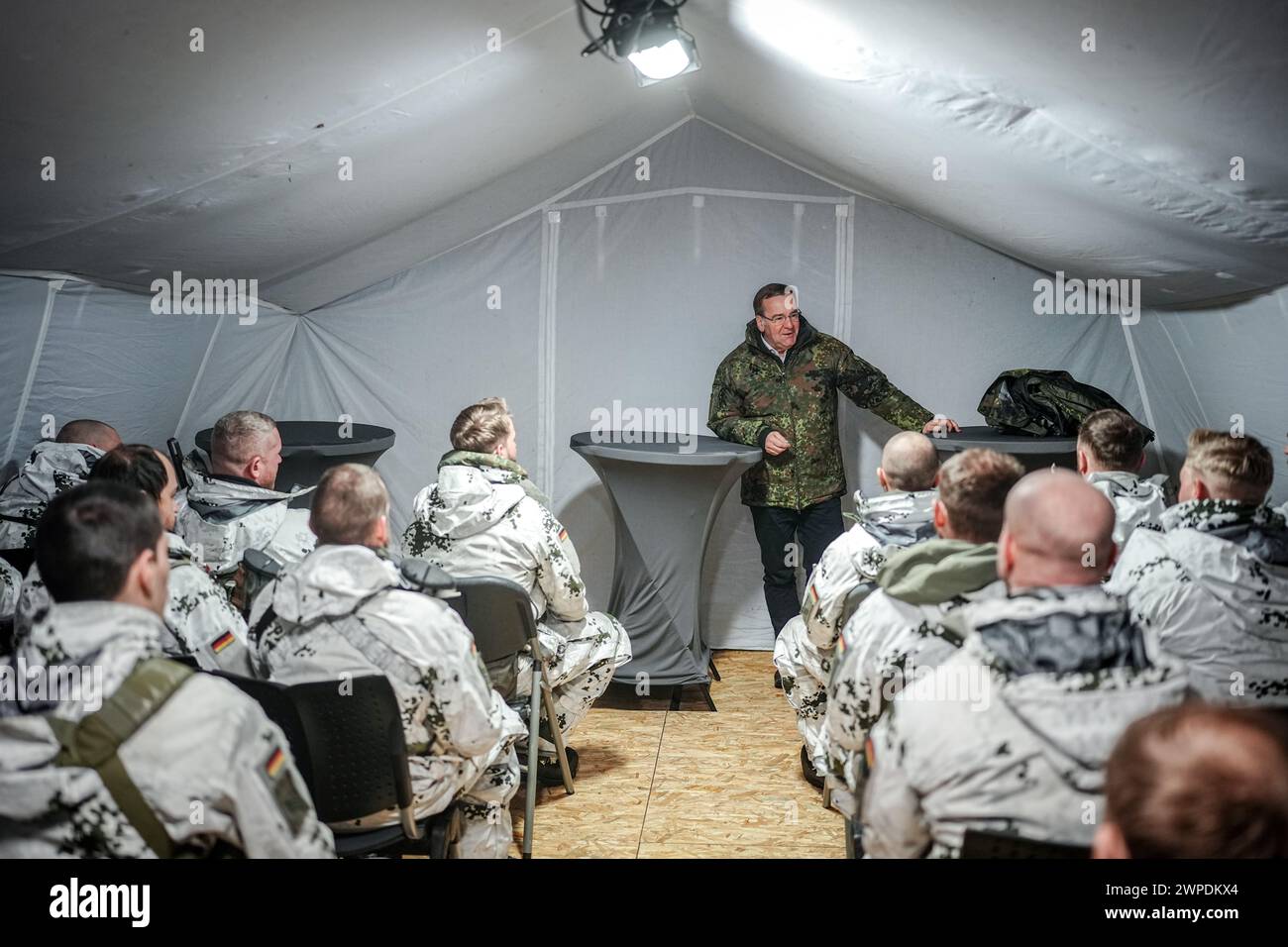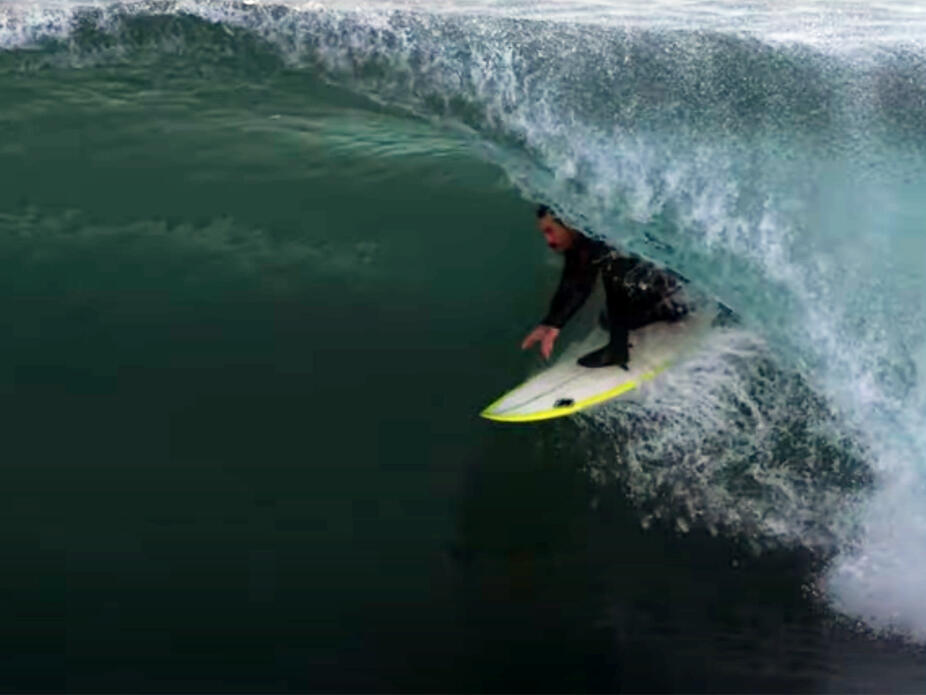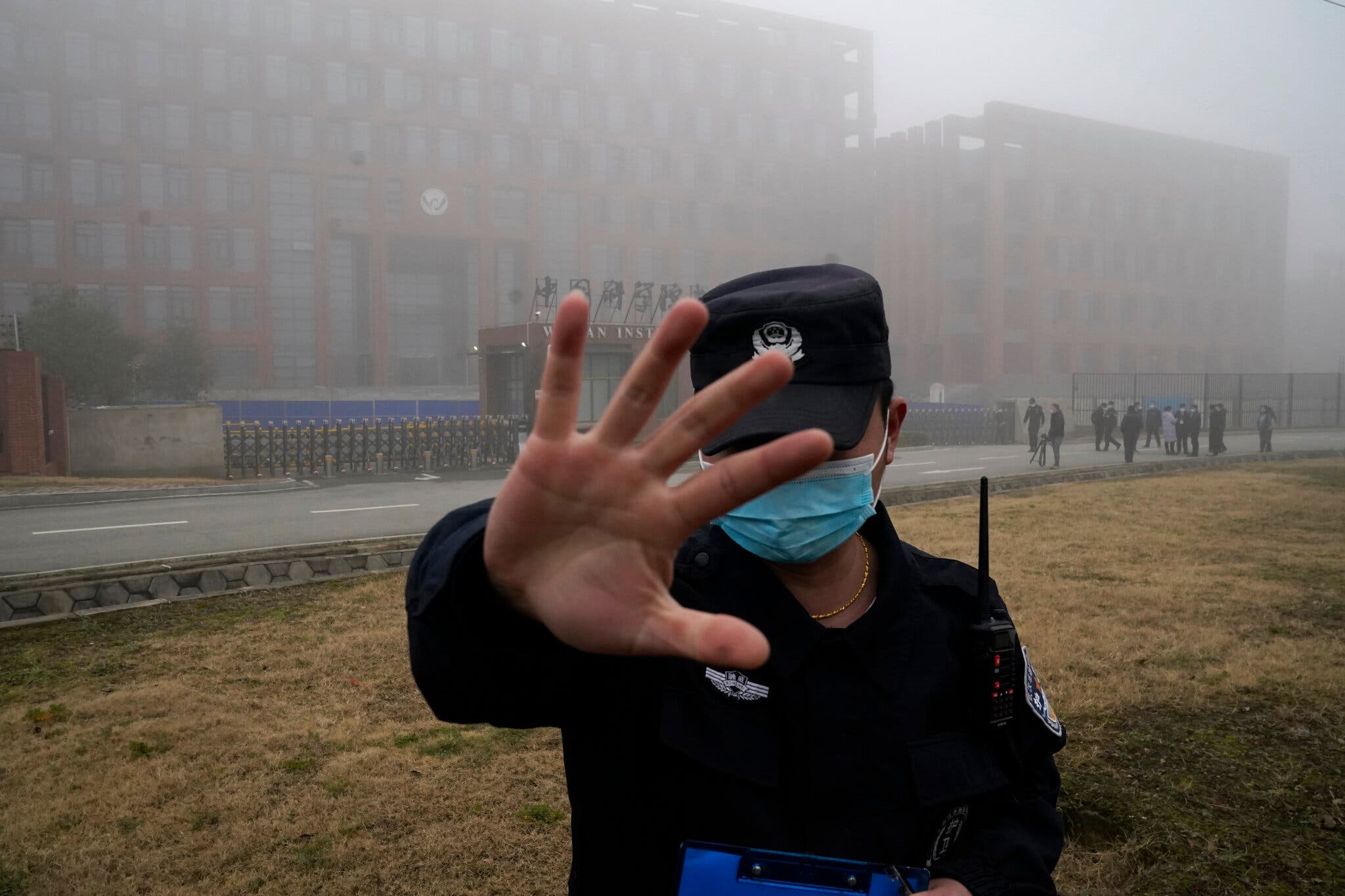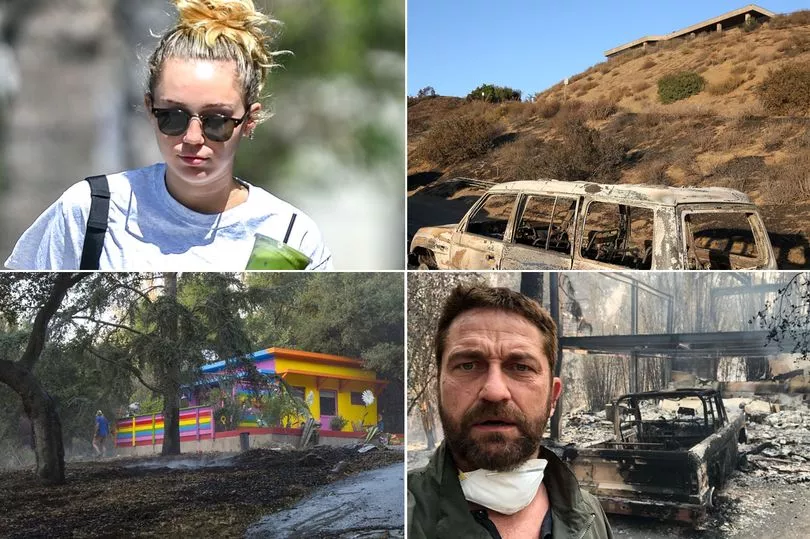Analysis: Russia's Renewed Assault On Ukraine After Easter

Table of Contents
Shifting Military Objectives and Tactics
Russia's military strategy has undergone a noticeable shift since the Easter break. The renewed focus is clearly on the eastern front, particularly the Donbas region, representing a significant change in their approach.
Focus on the Eastern Front
The concentration of Russian forces in the Donbas is undeniable. The Kremlin's renewed assault targets key cities, towns, and strategic infrastructure within this region.
- Cities under intense attack: Bakhmut, Avdiivka, and Lyman remain focal points of intense fighting, with daily bombardments and ground assaults.
- Weaponry employed: A wide range of weaponry is being utilized, including artillery, rockets, tanks, and air power. The sheer volume of artillery fire is particularly notable.
- Estimated troop numbers: While precise numbers are difficult to verify, independent assessments suggest a significant increase in Russian troop deployments to the eastern front.
The geography of the Donbas offers both advantages and disadvantages to each side. The terrain is largely urban and heavily contested, making it difficult for both armies to make rapid advances. However, Russia’s superior artillery capabilities provide them with a decisive edge in this type of warfare. We have also observed a shift in Russian strategy, employing more combined arms tactics to overcome Ukrainian defenses.
Increased Use of Artillery and Missiles
The escalation in long-range bombardments is a defining characteristic of Russia's renewed assault. This indiscriminate shelling targets not only military positions but also civilian infrastructure and population centers, resulting in significant casualties and widespread destruction.
- Examples of attacks: The shelling of Kramatorsk and other civilian areas demonstrates a blatant disregard for international humanitarian law.
- Implications of increased artillery warfare: The sheer volume of artillery fire inflicts substantial damage, causing widespread destruction and limiting Ukraine’s capacity to respond effectively. This tactic aims to degrade Ukrainian morale and overwhelm their defenses.
- Evidence of prohibited weapons: Reports and investigations are ongoing regarding the potential use of cluster munitions and other internationally prohibited weapons, highlighting the brutality of the renewed assault.
Geopolitical Implications and International Response
Russia's renewed assault on Ukraine after Easter has triggered a cascade of geopolitical consequences and provoked strong international reactions.
Western Allies' Response
The Western allies have responded to the renewed offensive with a combination of sanctions, military aid, and diplomatic efforts.
- Sanctions imposed: Further rounds of sanctions have been imposed on Russia, targeting key sectors of its economy, individuals, and businesses.
- Military aid provided: The West continues to supply Ukraine with significant amounts of military equipment, including weapons, ammunition, and humanitarian assistance.
- Diplomatic efforts undertaken: Diplomatic efforts continue, although prospects for a negotiated settlement appear bleak amidst the renewed aggression.
The effectiveness of these responses remains a subject of ongoing debate. While sanctions are intended to pressure Russia, their impact is gradual and subject to various geopolitical factors. Military aid allows Ukraine to defend itself, but it also risks escalating the conflict. Some disagreements amongst Western allies regarding the extent and type of aid also exist.
International Condemnation and Humanitarian Crisis
The international community has widely condemned Russia's actions, with the UN and other international organizations issuing strong statements denouncing the escalation of violence and the violations of international law.
- Statements from international organizations: The UN Security Council has convened multiple emergency sessions, condemning the renewed offensive and calling for an immediate cessation of hostilities.
- Refugee numbers: The renewed fighting has led to a further displacement of Ukrainian citizens, exacerbating the already dire humanitarian crisis.
- War crimes investigations: Investigations into potential war crimes are underway, focusing on allegations of indiscriminate attacks against civilians and the destruction of civilian infrastructure.
- Impact on global food security and energy markets: The conflict continues to severely disrupt global food supplies, particularly wheat exports from Ukraine, causing food shortages and price increases worldwide. The energy market is similarly affected, with increased uncertainty and price volatility.
Potential Outcomes and Future Scenarios
Predicting the future of the conflict remains exceptionally challenging, but several plausible scenarios exist.
Projections for the Conflict
The continued intensity of Russia's renewed assault suggests a prolonged conflict.
- Possible military outcomes: Several scenarios are possible, including a protracted war of attrition, a significant territorial gain for Russia, or a stalemate.
- Potential peace negotiations: Despite the current hostilities, the possibility of negotiations cannot be entirely ruled out, although conditions for such negotiations seem far off.
- Escalation risks: The risk of a further escalation remains a considerable concern, particularly if the conflict expands beyond Ukraine's borders.
Impact on Global Stability
The conflict in Ukraine has profound implications for global stability and international relations.
- Potential ripple effects in other regions: The conflict has already had significant impacts on global security, inspiring instability and uncertainty in various regions worldwide.
- Increased tensions between major powers: The conflict further exacerbates already strained relations between Russia and the West, increasing the risk of further confrontation.
- Risks of a wider conflict: The possibility of a wider conflict involving NATO remains a primary concern, although the current focus is on preventing such a scenario.
Conclusion
Russia's renewed assault on Ukraine after Easter represents a significant escalation of the conflict, characterized by intensified fighting, shifting military objectives, a strong international response, and uncertain future scenarios. The brutality of the renewed offensive, the resilience of the Ukrainian resistance, and the widespread humanitarian consequences highlight the devastating impact of the conflict. The key takeaway is the urgent need for a peaceful resolution, but the path to that resolution remains unclear. To stay informed and support efforts to alleviate the suffering caused by the ongoing Russian assault and provide humanitarian aid, please visit [link to relevant charity or news source]. Let's work together to help end the renewed aggression in Ukraine and support the Ukrainian people.

Featured Posts
-
 Swedens Tanks Finlands Troops A Pan Nordic Defense Force
Apr 22, 2025
Swedens Tanks Finlands Troops A Pan Nordic Defense Force
Apr 22, 2025 -
 1 Billion More Trump Administrations New Funding Cuts For Harvard
Apr 22, 2025
1 Billion More Trump Administrations New Funding Cuts For Harvard
Apr 22, 2025 -
 The Rise Of Disaster Betting Examining The Los Angeles Wildfires Case
Apr 22, 2025
The Rise Of Disaster Betting Examining The Los Angeles Wildfires Case
Apr 22, 2025 -
 Lab Owner Pleads Guilty To Covid Test Result Fraud
Apr 22, 2025
Lab Owner Pleads Guilty To Covid Test Result Fraud
Apr 22, 2025 -
 La Palisades Wildfires Which Celebrities Lost Their Homes
Apr 22, 2025
La Palisades Wildfires Which Celebrities Lost Their Homes
Apr 22, 2025
